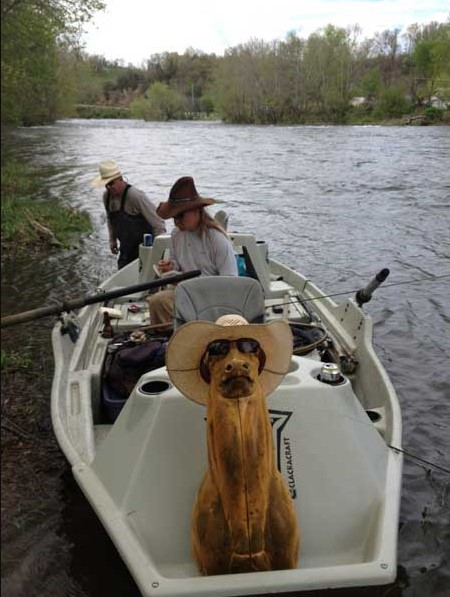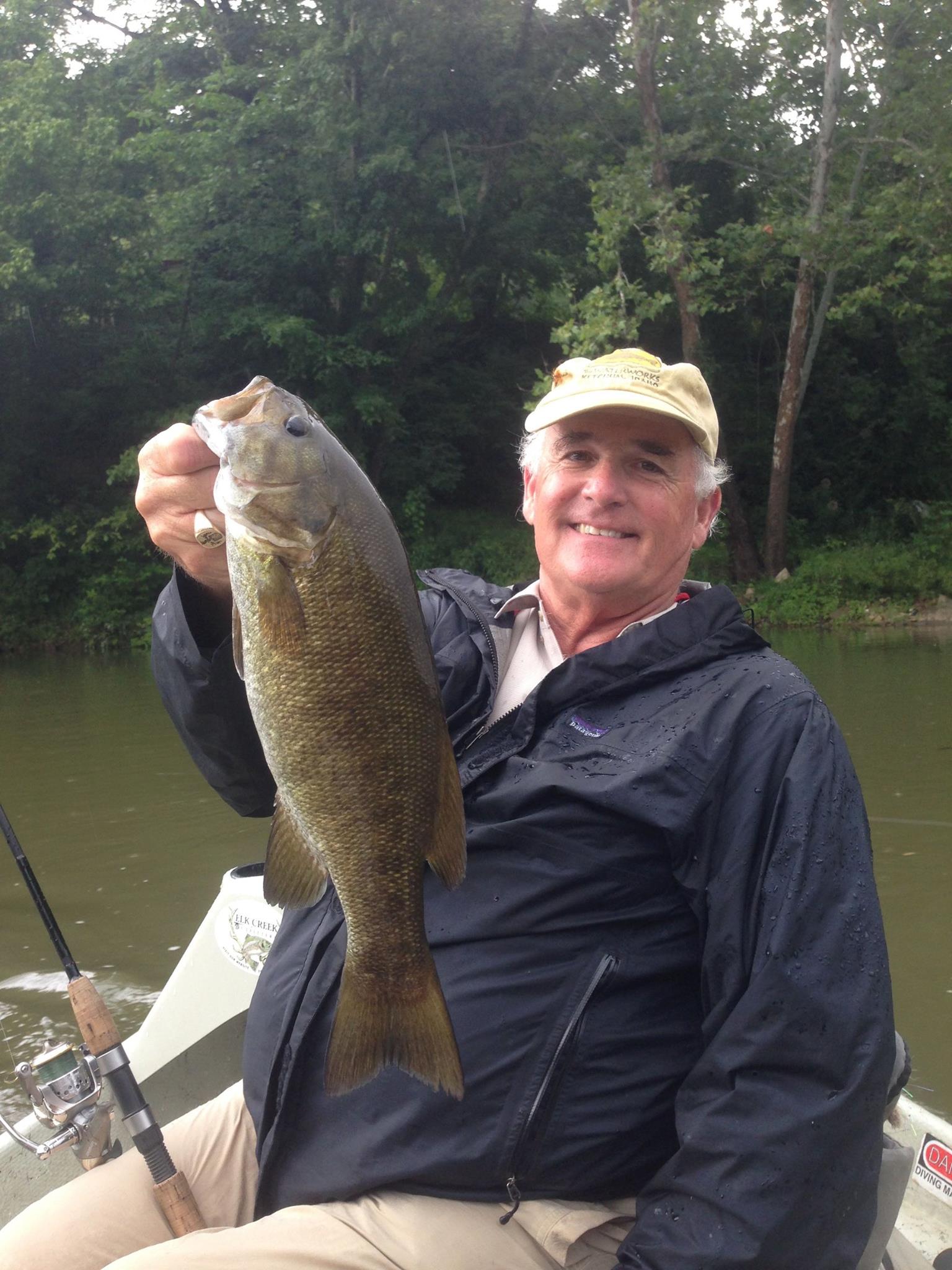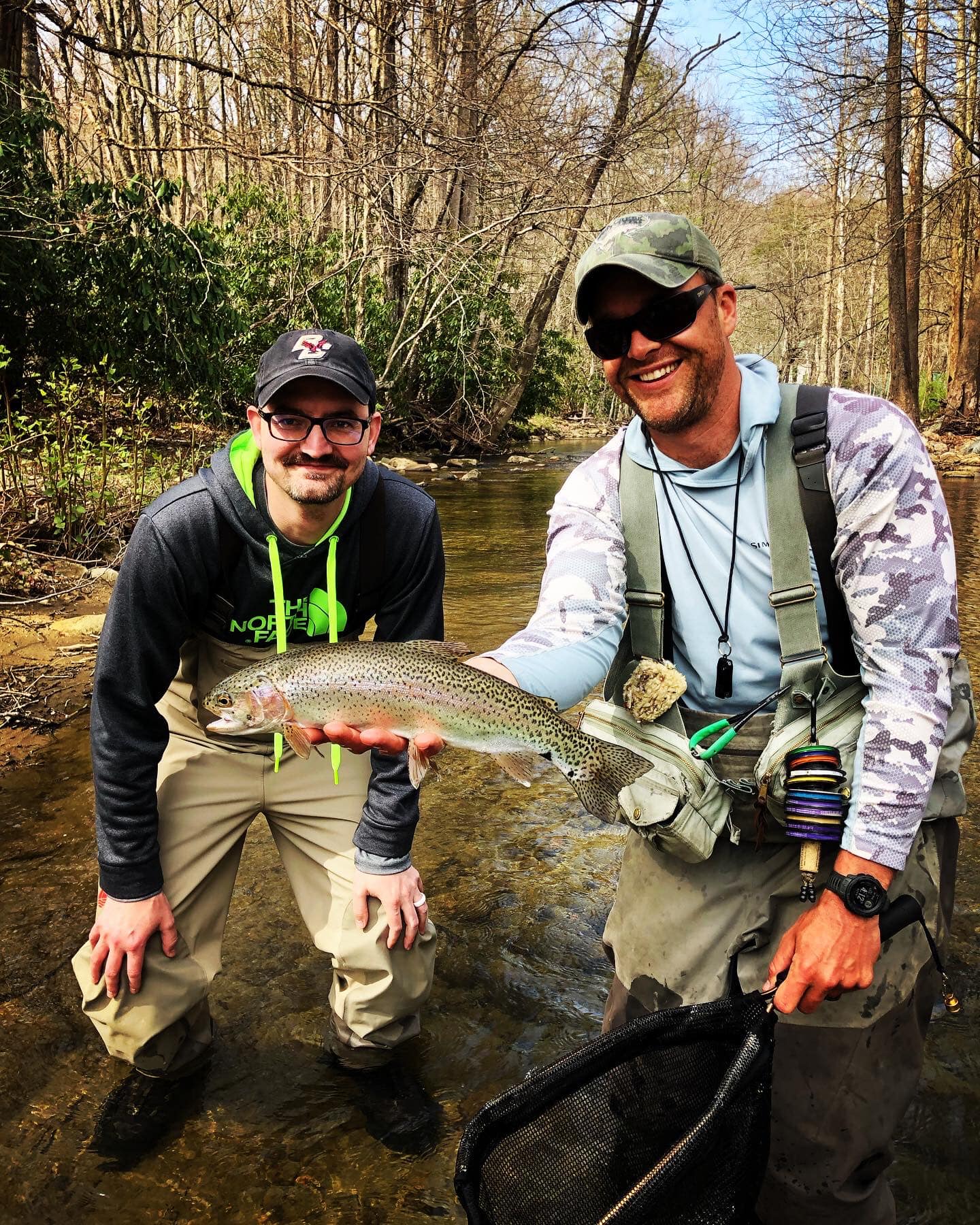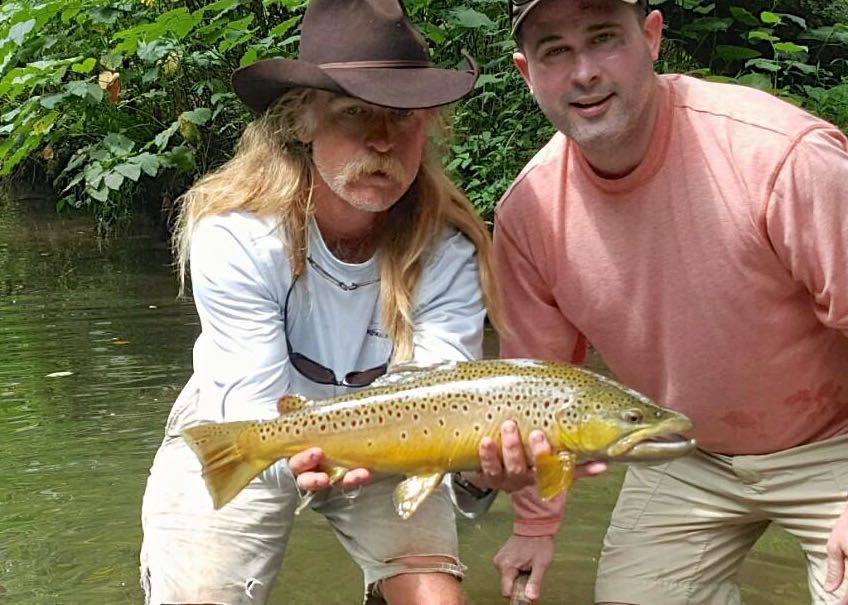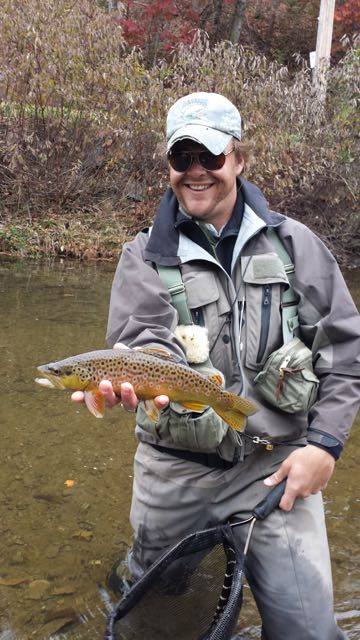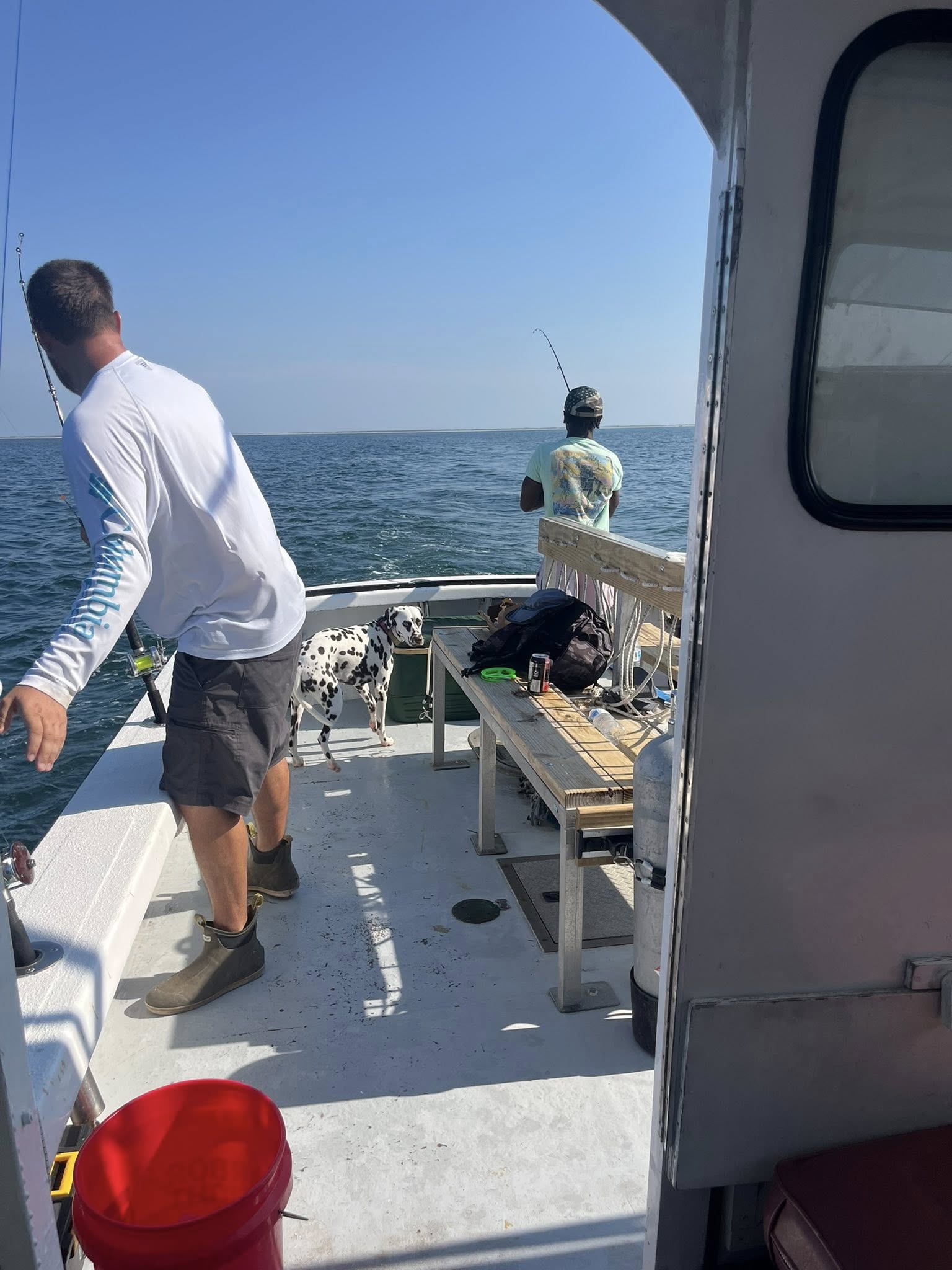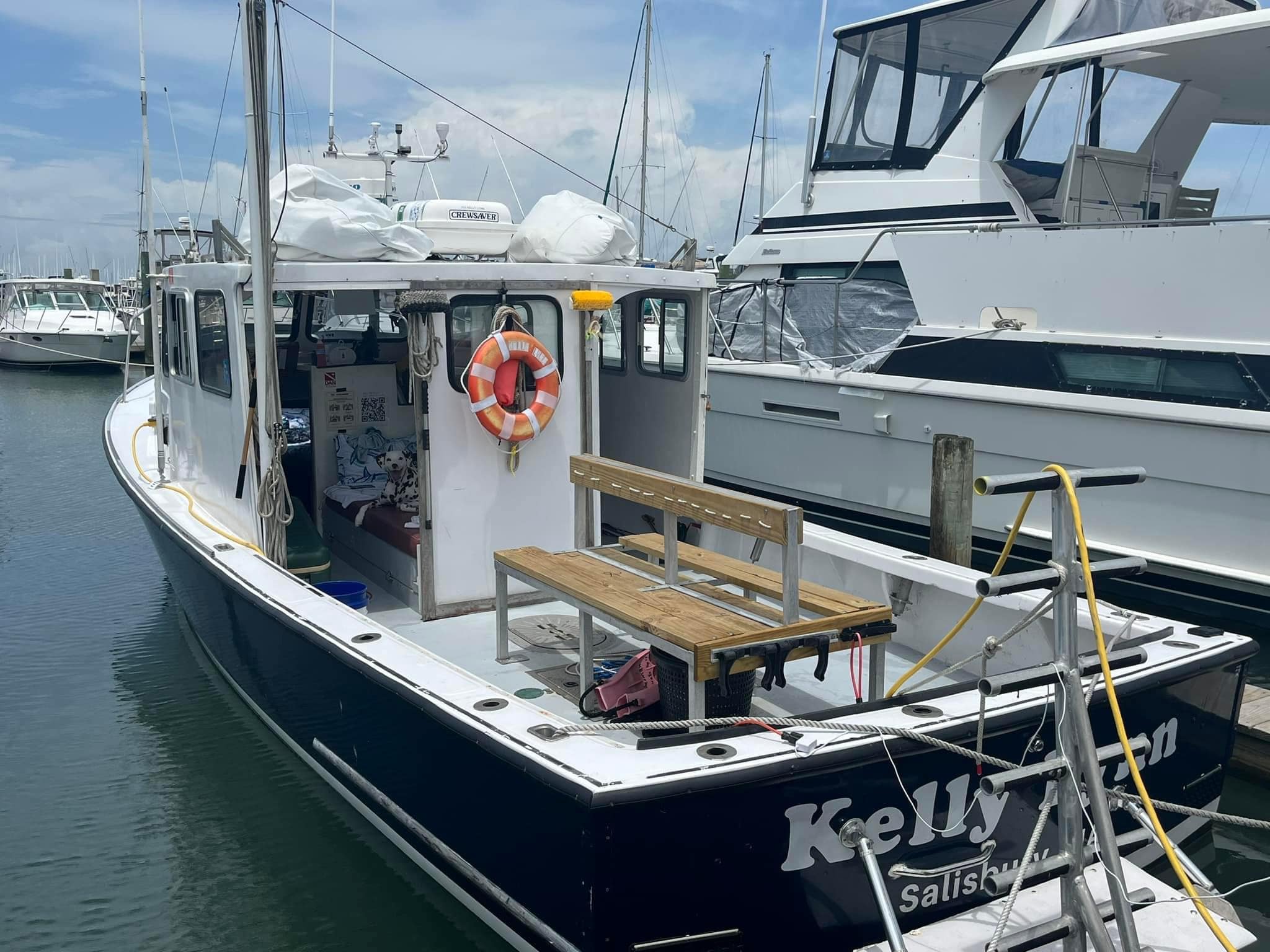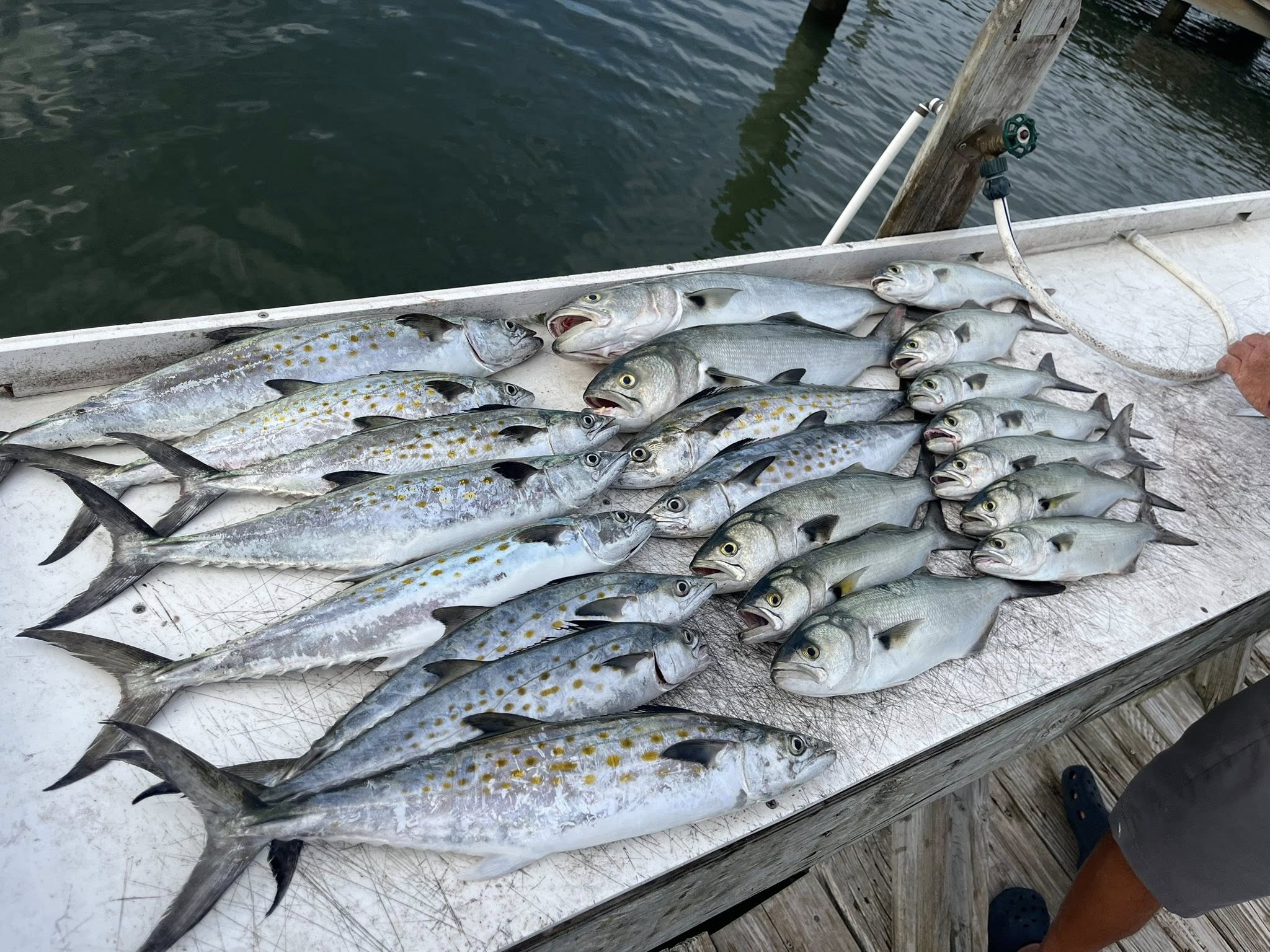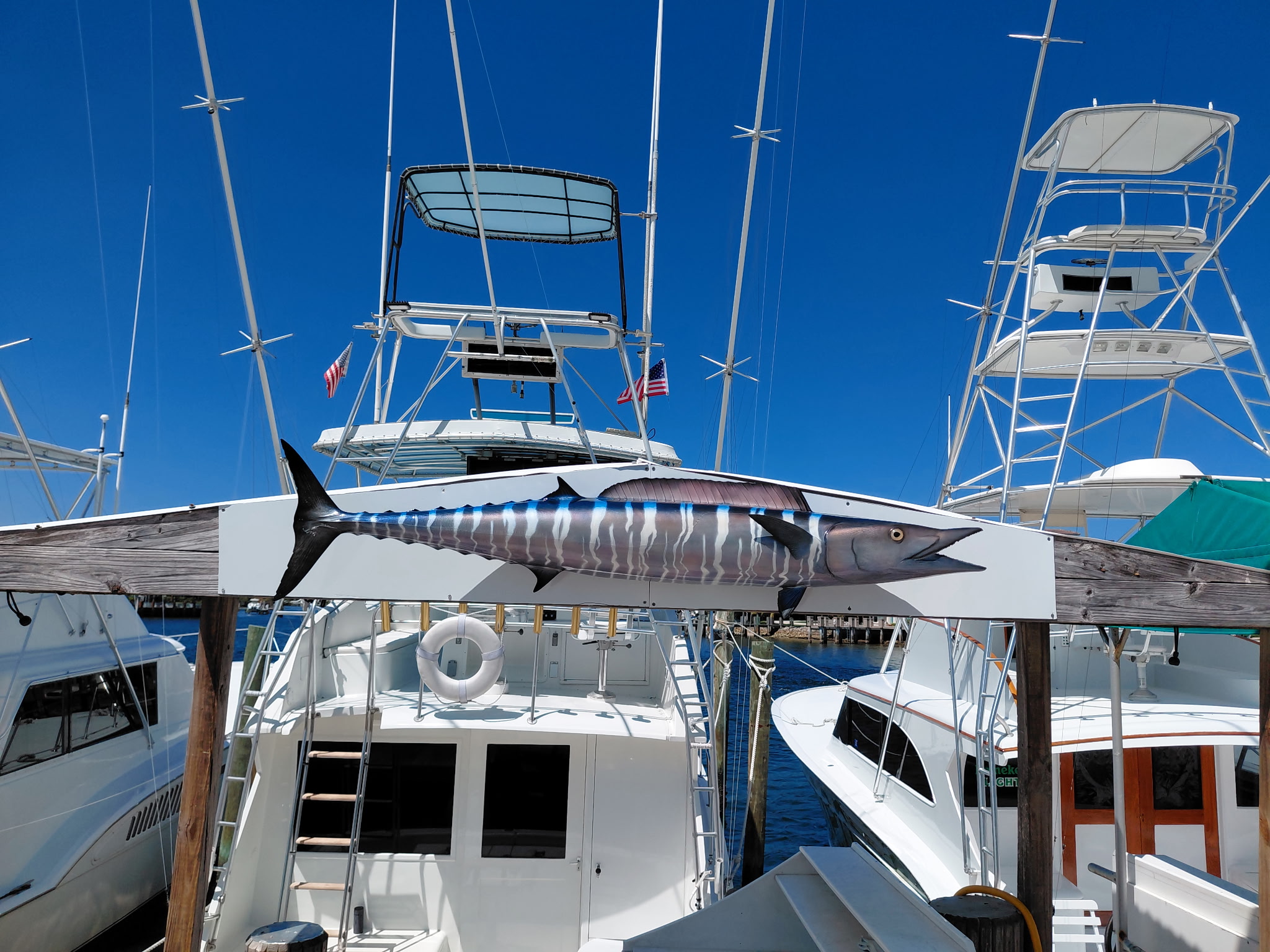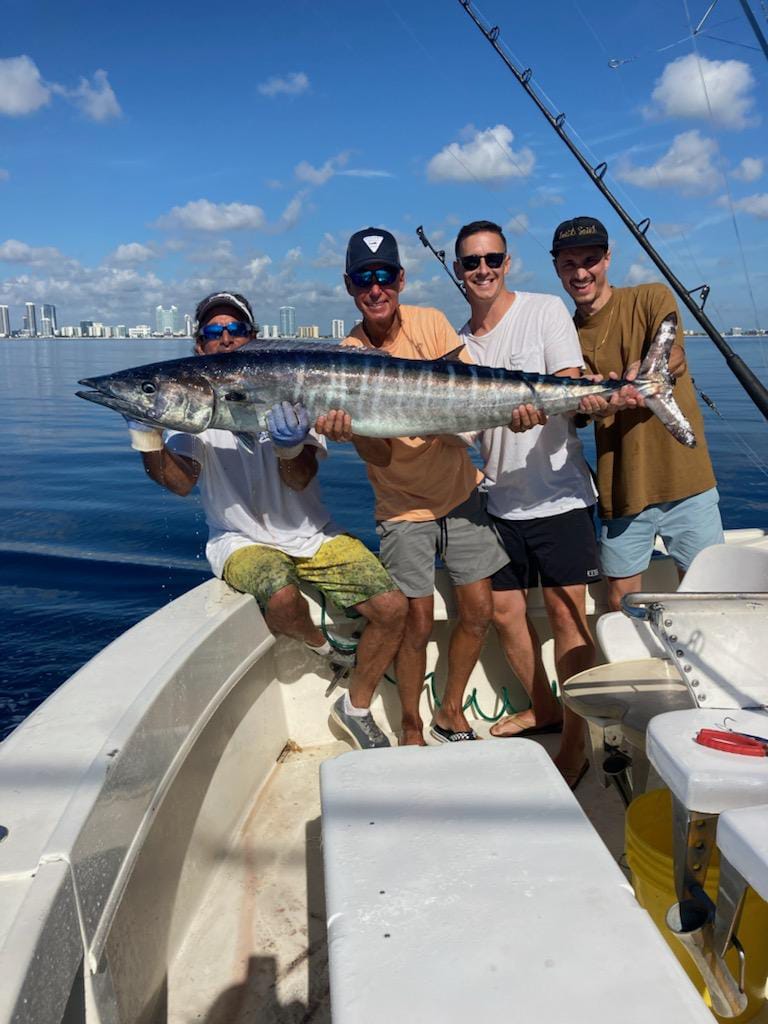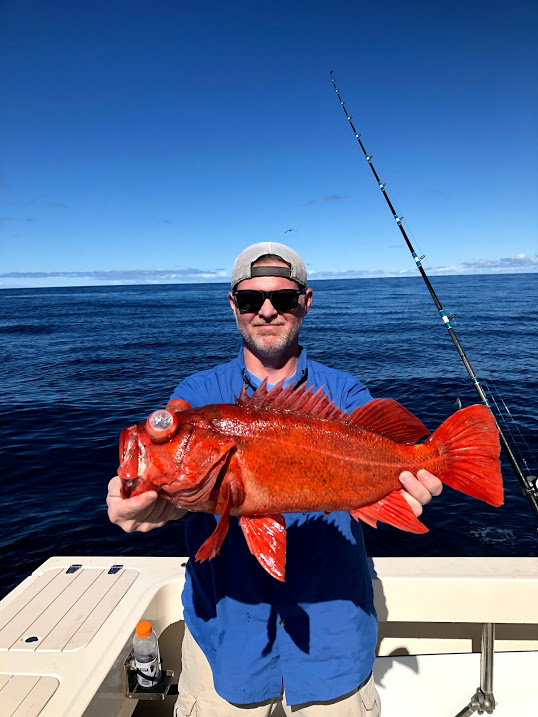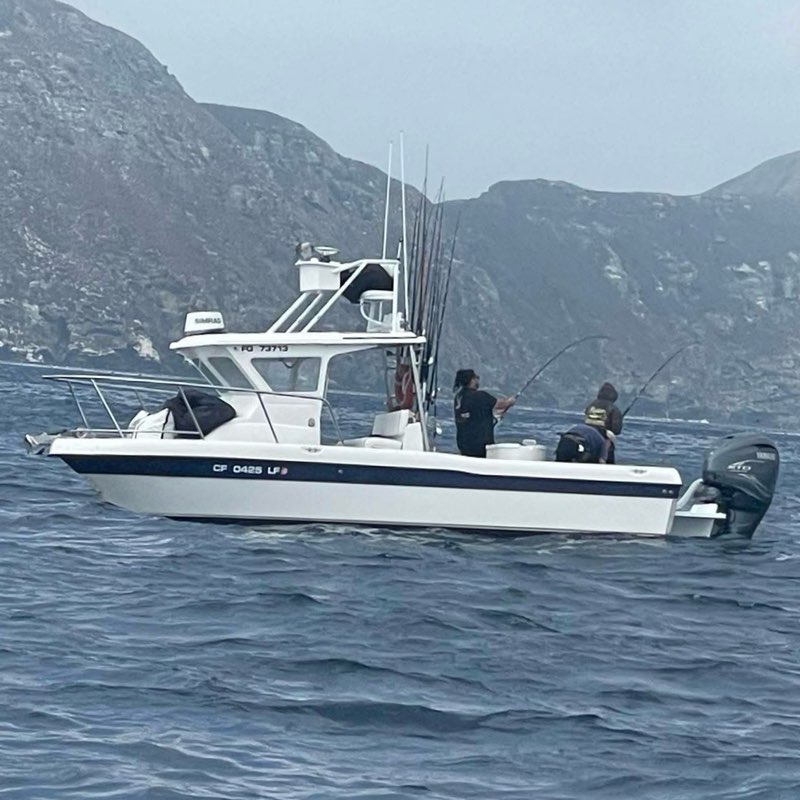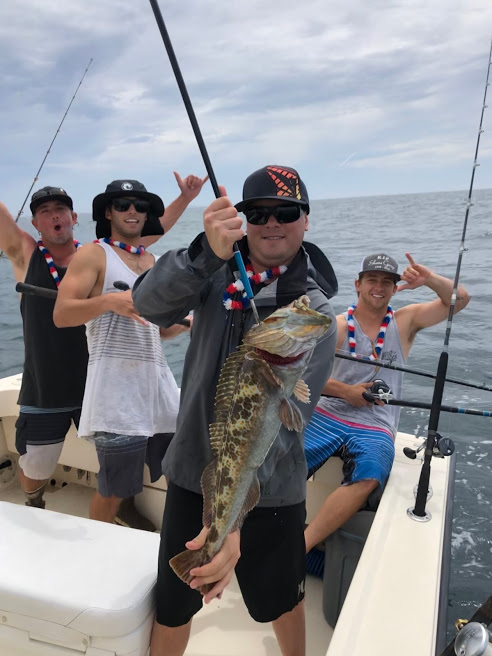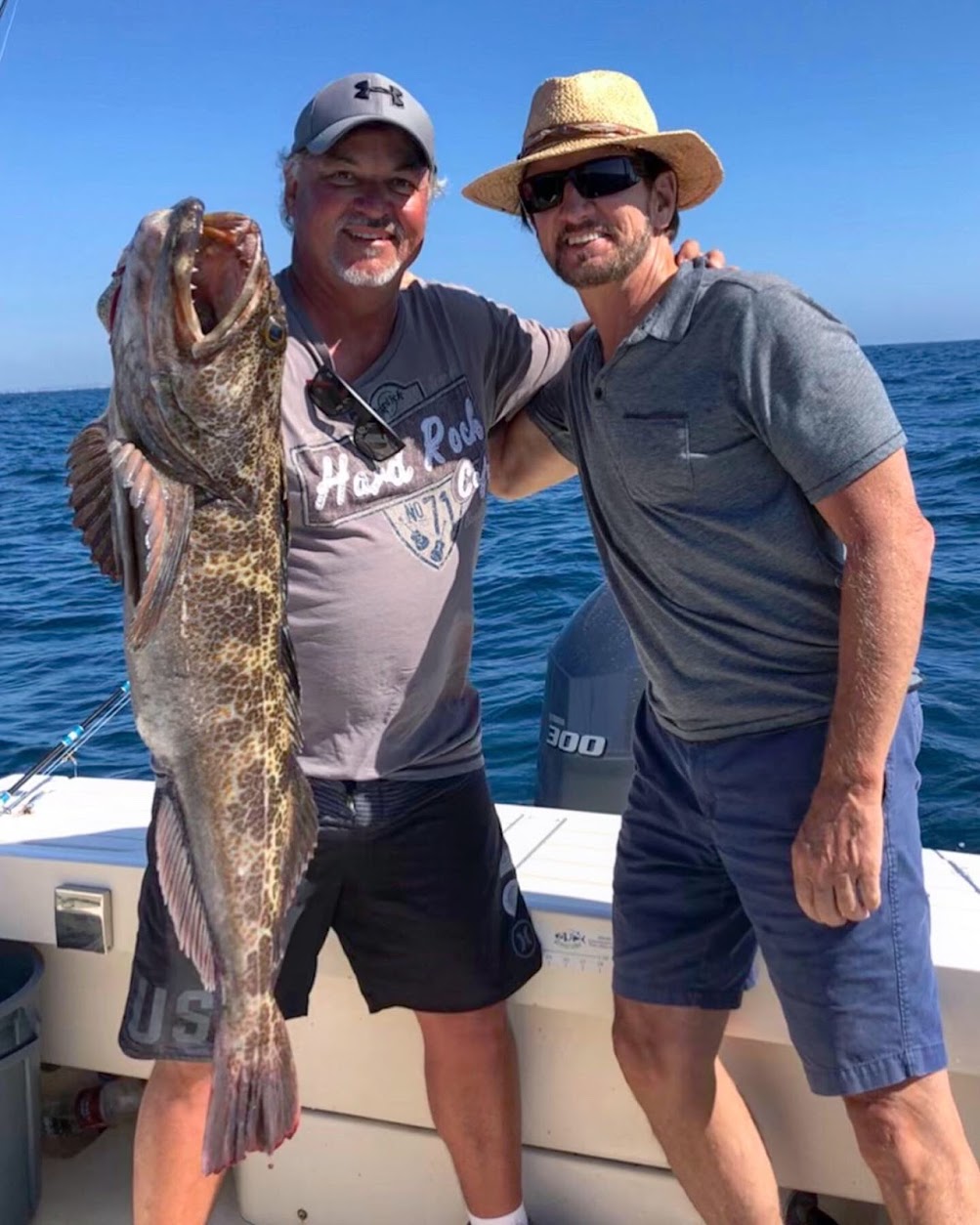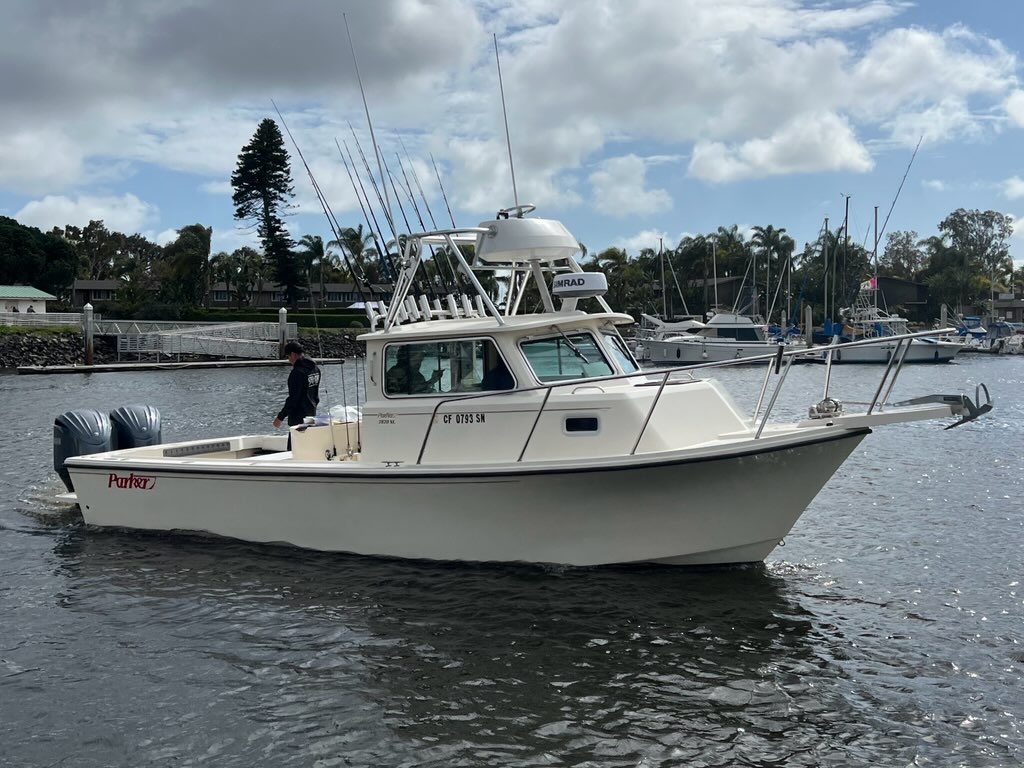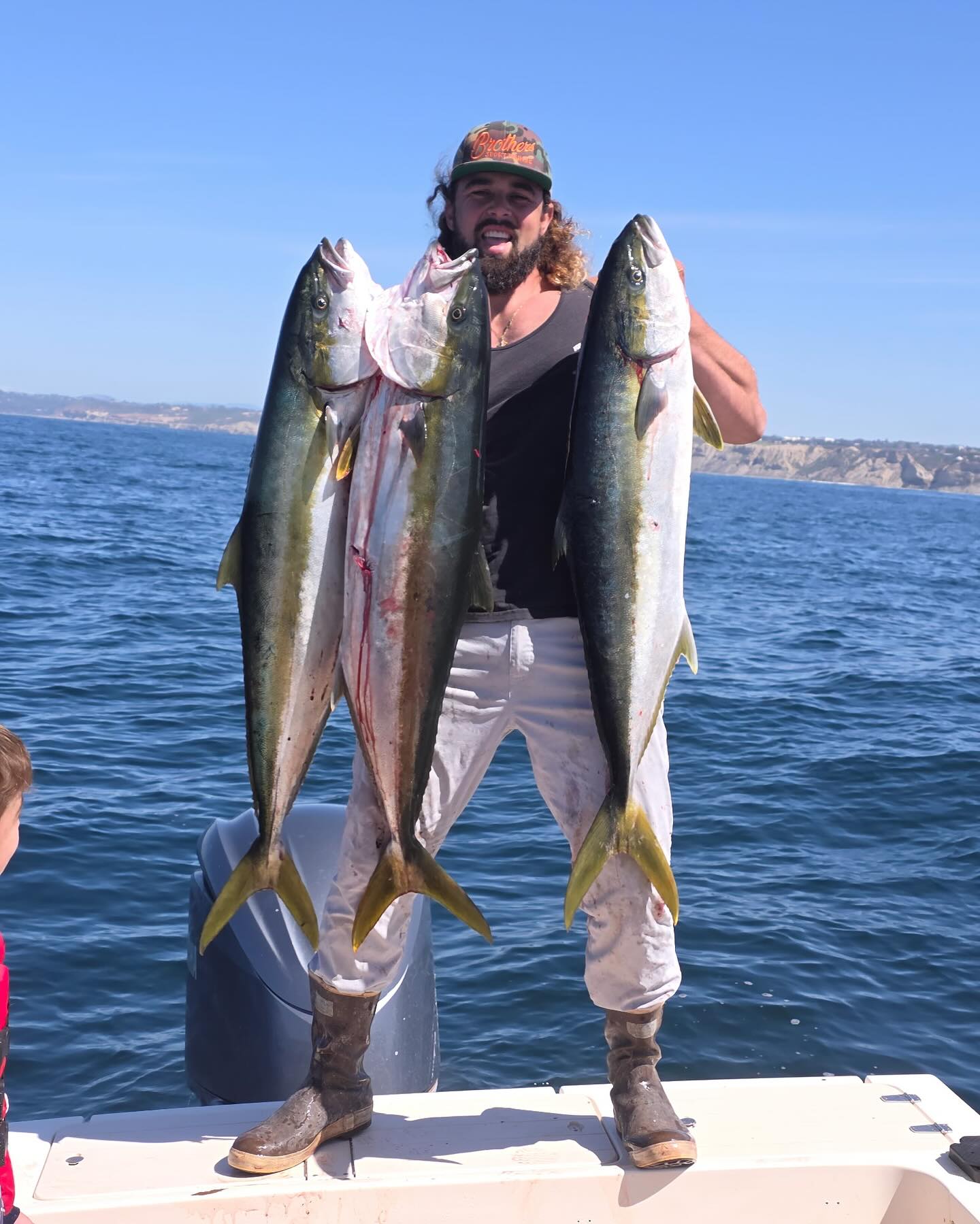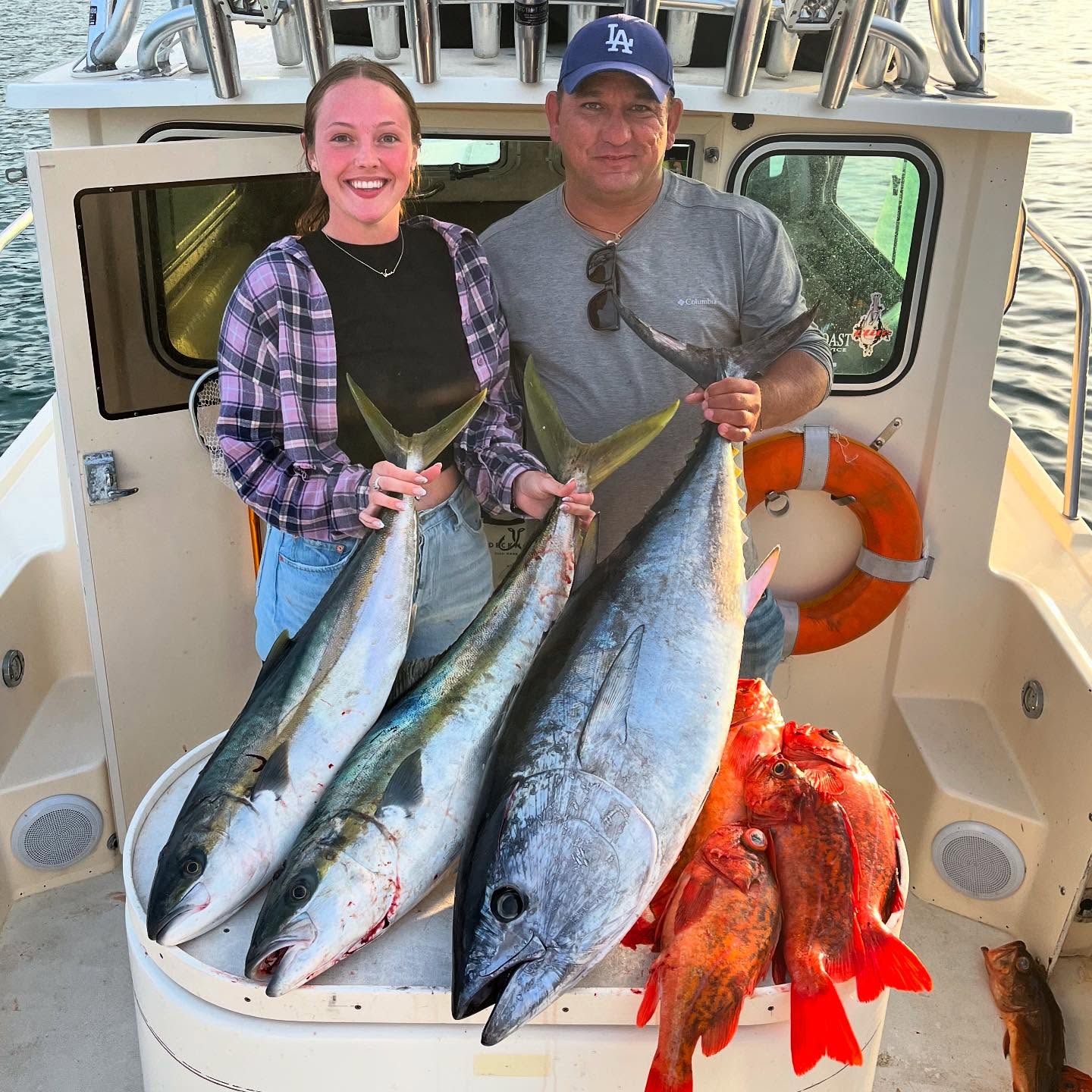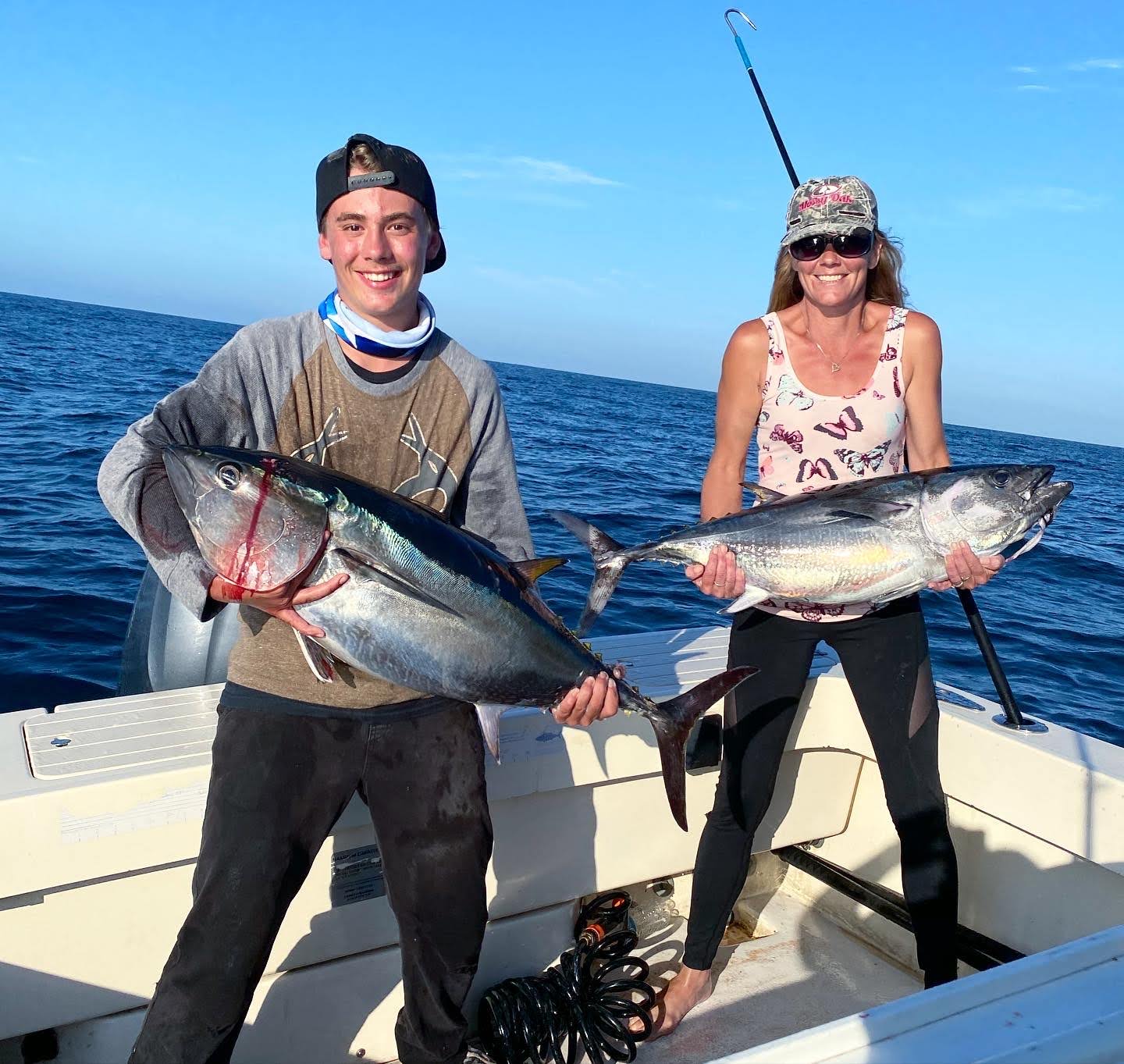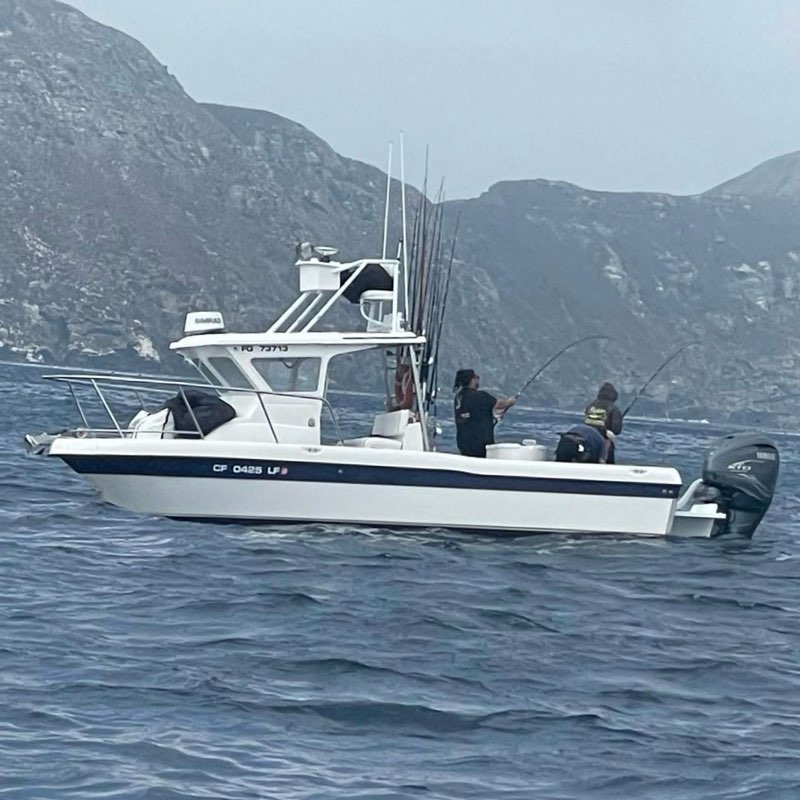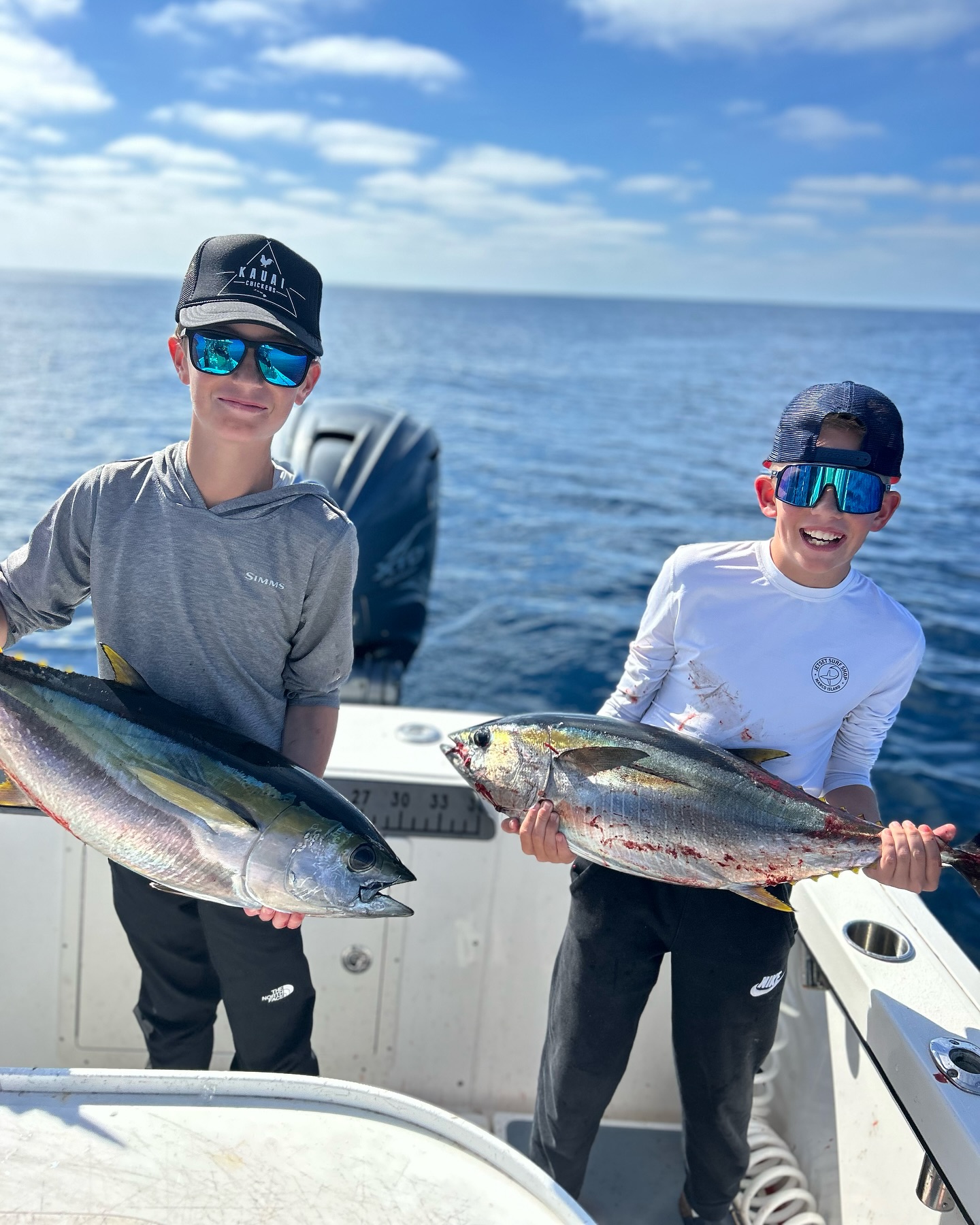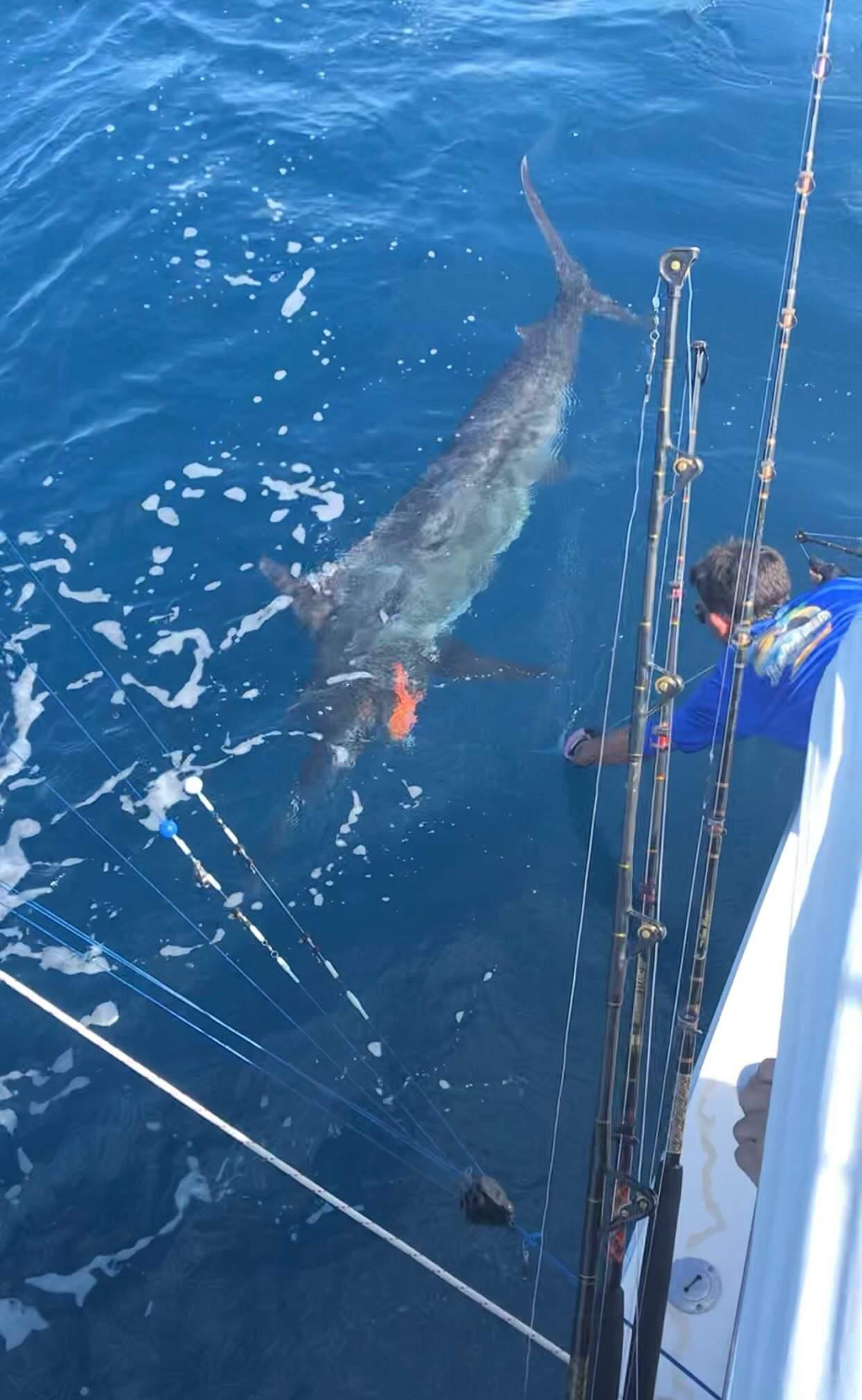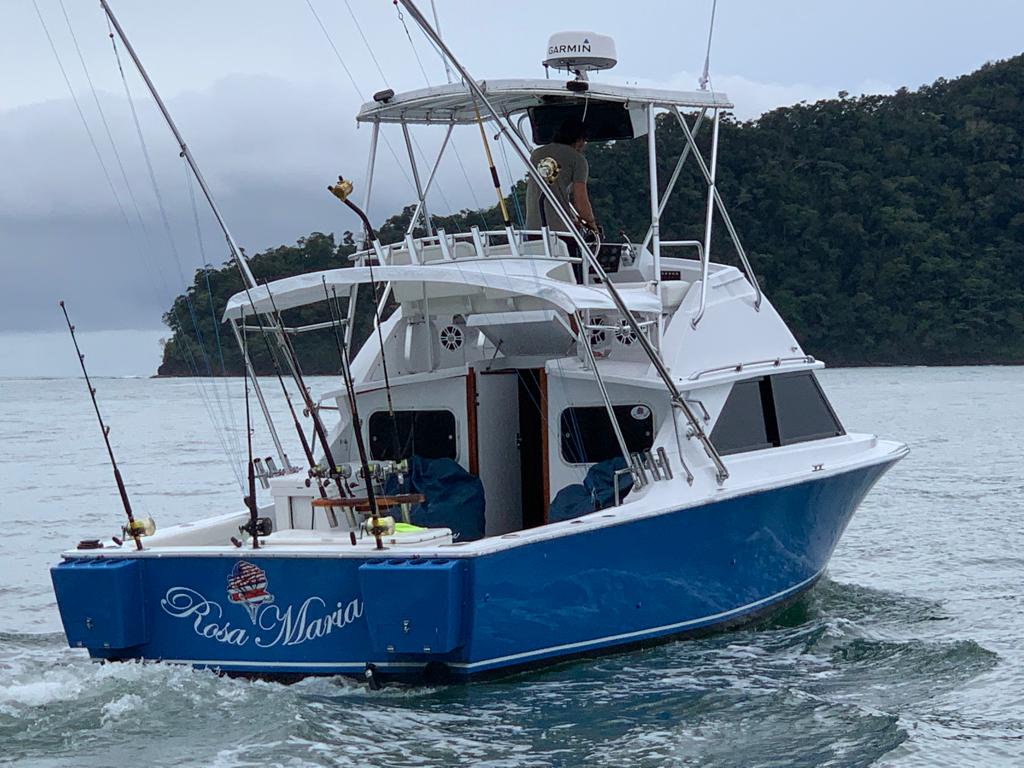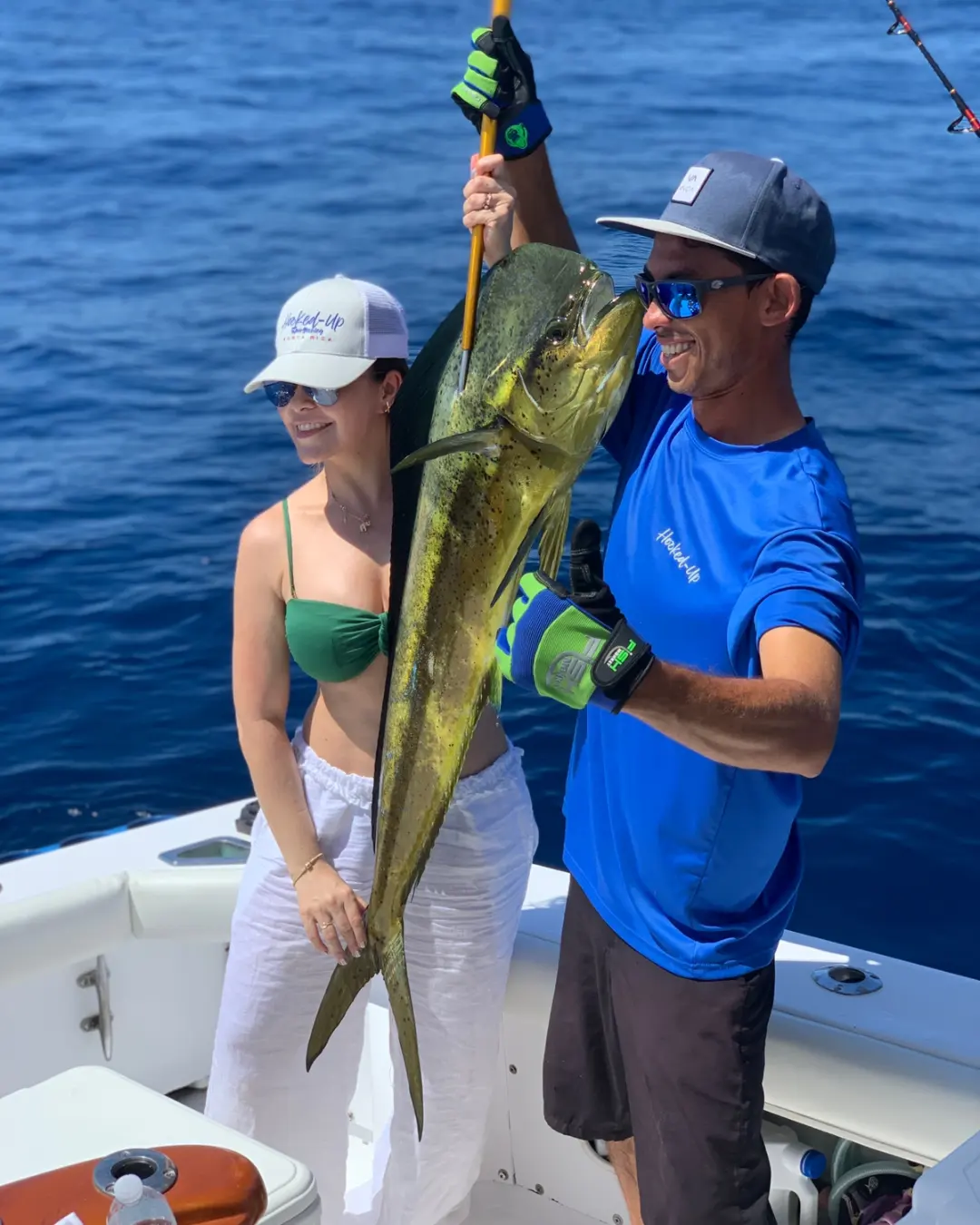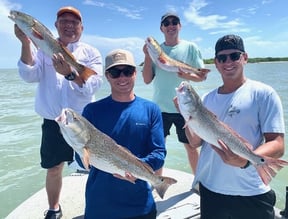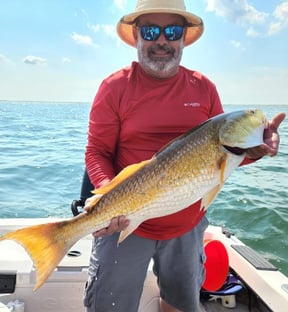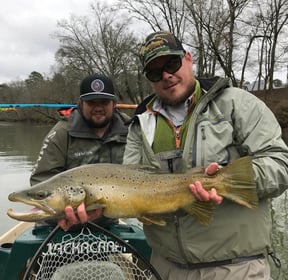Float Fishing Trip
Wade Fishing Trip
Inshore, Nearshore Fishing in Beaufort
Half Day Nearshore Fishing (4hrs)
Deep Sea Fishing in Puerto Vallarta
Deep Sea Fishing
Deep Sea, Nearshore Fishing in Pompano Beach
Trolling Quick Trip Pompano Beach
Inshore, Nearshore Fishing in San Diego
Inshore Or Coastal San Diego
Inshore, Nearshore Fishing in San Diego
Epic Coastal Or Inshore Fishing
Offshore San Diego
Epic Offshore San Diego
Deep Sea Fishing in Playa Herradura
Full Day Offshore
We started Captain Experiences to make it easy to book fishing and hunting guides around the world. With over 2,000 Damn Good Guides, our platform makes finding and booking a trip seamless. Head here to check out our trips.
An Interview with Michael: Fly Fishing in Montana
The rivers of Montana offer some of the most legendary fly fishing in North America. We recently sat down with Michael, owner and operator of one of MT’s premier outfitters, to learn more about him, how he got into fishing, what makes the region and his team's trips so special, and more.
Fair warning: this’ll make you wanna book a one way to Missoula, skill level aside.
Q: So where do you fish? What kind of trips do you offer?
A: We are a premium fly fishing outfitter. We guide on over 10 rivers in Montana.
Down on the southwest corner, it’s the Yellowstone, Madison, Ruby, Big Hole, Beaverhead, and Jefferson.
Then moving north, we guide on the Missouri, Bitterroot, Blackfoot, and Clark Fork.
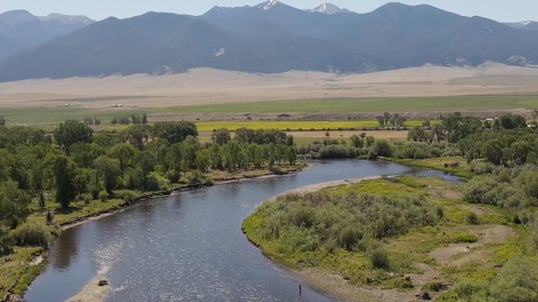
Q: So I’d imagine not all of these rivers are close in proximity. How does running trips in all of these areas work?
A: It works a couple different ways. The first being that our guides will drive where the fishing’s best.
The second is that it offers flexibility to those traveling to Montana. Not everyone’s coming to the same area, so we offer a ton of river options so that wherever you’re staying within western MT, we can take you fishing.
Q: Are most of those trips wading or out of a drift boat? What’s the typical breakdown there?
A: Yeah, I’d say we do about 90% or more pure boat fishing. That’s pretty much what most people like to do.
But we do have plenty of anglers that do like to get out and wade fish with a guide to dial them in. They can efficiently learn how to read water, effectively approach a stream, observe it, find the holding water, and learn what techniques are going to work best to pull the fish out of the hole.
Q: So for a beginner starting out, would you say wading is a better approach, or can you still learn pretty effectively from a drift boat as well?
A: Both, but you'll get more one-on-one doing some wade fishing. You'll get a little more dialed on technique for sure, because the guide will be working on those specific things. He’s not driving the boat, and you’re not worried about your fly hitting the right spot on the first cast and all that jazz.
Q: That makes a ton of sense. I was just up in Colorado fishing the Arkansas with a guide out of a raft, and it was incredibly impressive how the guides can multitask like that. They’re not only navigating rapids, but they’re also providing coaching, telling you where to cast, and for my beginner skills, untangling quite a bit of fly line. How do they keep track of all that?
A: Yeah, yeah. It’s a lot to keep track of. We have great guides where it just comes natural. They’re looking downstream, they’re looking at your bobbers or whatever you’re fishing, and coaching the whole way. It takes some skill!
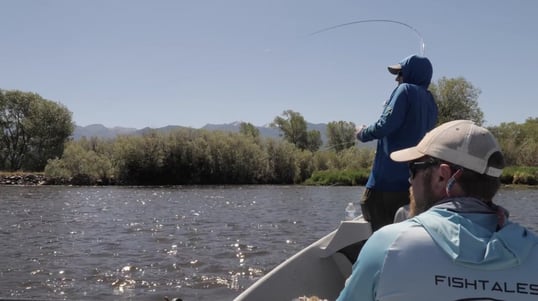
Q: For sure! So walk me through your background. Where did you grow up fishing, who introduced you, and then how'd you get into guiding?
Yep, I actually grew up in Connecticut, so I’m a pretty distant transplant. But I grew up hunting and fishing. My grandfather was a state park constable. He was an avid woodsman—just knew his way around. He knew a lot of stuff, and I learned a lot from him.
But I’m a musician, so I got a job at a music store, did the whole band thing for many years. So I went away from it [the outdoors], and then came back.
My stepdad, who was a fly fisherman, gave me my first fly rod—and it was a really nice one. That started me on the path to fly fishing. I just kind of absorbed myself into it. And I said one day, “why am I why am I sitting here with a mediocre job?” No real room to move higher up. I was maxed out.
So I said “What the hell, I’m gonna go out west while I’m still young and do what I’m really dreaming about.” So I spent the better part of 6 or 7 months of winter calling people.
I got a little report with the marketing VP from Sage, who was the biggest manufacturer of fly rods in the country and maybe even in the world. So I would talk to this guy every week. He knew who I was. Every week I would call. I’d say, “What’s going on, you got anything happening?” And he finally said “We don’t, we’re a small company, but I appreciate your tenacity.” He gave me a list of outfitters and said, “you gotta go get some guiding experience under your belt so you know what the industry is really like.” He said guiding would definitely put me right in there.
So with his assistance and phone numbers, I ended up doing Kulik Lodge which is a pretty high end lodge in Alaska for the season in 95. Then I moved down to Seattle where my wife had the best deal to go to school at the University of Washington.
I met a guy named John Sampson who worked at the same lodge I did in Alaska, like three years previous. So we’re just having a couple beers one night, and he's said, “Why don’t you come over to Montana? I built this cool new lodge, I’m looking for good guides, and you seem like you’d be a good fit.”
So I came over to Montana with a buddy, we worked for him, and I fell in love with the place. I no longer work for him, obviously, but that was it. The rest was history.
I did some guiding for other people along the way like Craig Lilly, who's pretty big in the industry. He's the son of Bud Lilly, who's considered the grandfather of the Madison River. He's the one who made it famous, and was the big steward. He actually made stocking fish the worst case scenario for the longevity of the resource, so Montana has not stocked a body of water since ‘74 thanks to Bid Lilly. That’s why Montana is known as one of the best wild trout fisheries.
Most states, Colorado, Utah, California… the list is long. They stock fish every year, which is great, but the wild fish are the ones we’re really looking for.
Q: So why is it the case that it's not good for the longevity of the fisheries to stock them?
A: The fish are actually less resistant to disease. They’re less vigorous. They have shorter lifespans. They’ll spread disease.
I read somewhere that because they’re fed pellets, they don’t know what to eat, and they're aggressive towards each other. I don’t remember where I read all this, but I found it very interesting. They did a whole study and made several correlations with the data. It was proven that stocked fish were different than wild.
Q: Wow, that’s fascinating. And your story is such a cool one—musician turned fisherman in a roundabout way. On that note, why do you do what you do now, day in and day out? What gets you up in the morning?
A: I am an outfitter, and I no longer a guide. I retired a couple years ago because my body—it’s just way too broken down. I just had a major fusion in April. So I basically manage guides, I have guides here, guides in Madison, a group of guides up in Missoula, and so forth and so on.
Q: Man, I'm wishing you a speedy recovery. So you obviously offer amazing trips all over, but do you have a favorite region if you had to pick one? Let’s say someone was coming to fish Montana for the first time.
A: That’s a tough one because there are so many options, and they’re all considered the Blue Ribbon. It would depend on the time of year I think more than anything… Yeah, I can’t answer that.
Q: That's an answer in itself! Too good to pick one. Do you have a favorite time of year to fish?
A: Personally, I like spring. Pre runoff even, or just after runoff has just started to crest and roll off.
A lot of other people, especially clients, like to fair weather fish. In June and July mainly, because they know the weather’s pretty consistently good.
Q: Tourists can't hang with the cooler weather I guess! Walk me through what it's like fishing in the fall and how that varies seasonally?
A: Fall and spring can be kind of similar in that the water’s cooler. The fish tend to be more receptive to food in the fall because winter’s coming, and they better eat up while they can. Spring and fall obviously both can be winter as well on any given day.
Pre runoff, most rivers are in great shape—more than people think. We don’t do any winter fishing. That’s just not an option for us. We start in March when things start to warm up and go through late October.
Q: How do your fly fishing techniques change based on the weather, the water flow, the temperatures, and all that?
A: Sure. Spring and fall, like I said, are both cooler water temps, so we tend to fish more streamers and nymphs. Summer offers more dry fly opportunities for sure with more hatches. Then we get into hopper season right now.
It also changes because the rainbows spawn in the spring, so there's a lot more rainbows around. We do not target spawning fish. And in the fall, the browns do the same thing.
Q: So do you have a favorite species between you brown, cutthroat and rainbows?
A: I would say probably Brown.
Q: Why is that?
A: They live longer, so they get bigger. They tend to be more aggressive to a streamer and more aggressive in their territory.
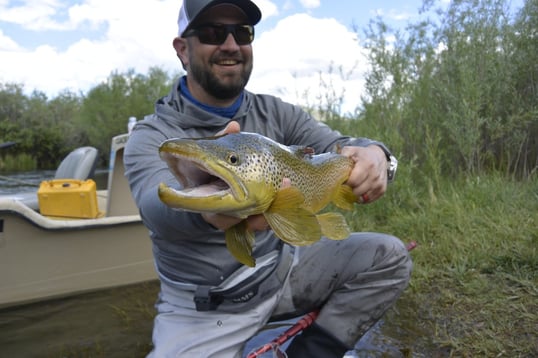
Q: When you were guiding, what was the biggest one you ever saw a client hook into?
A: I've had some clients in the 25 and 26 inch area.
We also have a private pond. I call it “a monkey pond” because there are stocked fish, but that pond will offer fish up to almost 30 inches. Yeah, those are really big fish.
Q: Sounds like a blast. So what makes trips through your outfitter different or unique?
A: The first thing that makes us different is we have so many rivers. So it doesn't matter where you're pointing your compass, we can get you on some great trout water.
And the second (beyond the obvious which is ability) is personality. Our guides are super, super friendly. If you don't have the personality, I'm not putting you in the boat. Go guide for somebody else. There are unfortunately a lot of guides out there that are rude, they put people down, or they don’t actually guide, they just drive the boat.
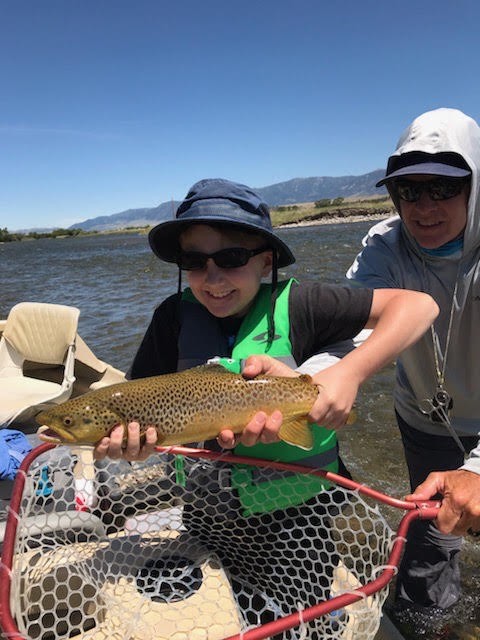
Q: How do you go about hiring?
A: I get a lot of email inquiries every year. The ones that are favorable and look like they fit the job, I’ll call them back and talk further. If they’ve got high skill level, they’ll come on down. The next step is to talk in person and go on a float.
They’ve gotta do a check float so I know what their skill level is and what their style of guiding is. Again, that goes towards personality. If your style is too aggressive, it's not going to work.
A good guide has to know the personality of the client, too. So the one thing they have to ask the client first thing in the morning, other than introductions, is “what do you expect to get out of today?”
So if it's a client that's a beginner and they say “I want to catch a couple of fish,” then the guide knows what to concentrate on. He's not trying to drill every hole, and he’s letting his clients have fun. But if it's a client that’s all business, he's got to change gears.
Q: That does sound like the recipe for a great guide. So what do you feel like is the number on personality attribute? Patience I’m sure.
A: Yeah patience for sure. Being a good instructor and a good listener. Clients want to learn, and they'll tell you what's wrong and help fix those problems as they go on.
Q: Okay, a few more questions for you. These will be a bit quicker, kinda rapid fire style. The first is the biggest mistake anglers make when fishing these rivers, or just fishing in general?
A: Some people just have unrealistic expectations. Some beginners are just cool as cucumbers and they’re happy as can be with a handful of fish.
It’s the ones that come out saying “I was here years ago and we caught 50. Why am I now catching them?” Then they walk away with their heads down and a poor tip to the guide.
Those are the things that we don't like. What we're trying to do is shift the optics a little bit. It’s more than just fishing. Enjoy the fishing, but look around. It’s the whole experience that you’re gonna remember.
Q: Totally agree just getting out in nature, especially going out with people you love, and learning a new craft is what it’s all about. Feels like a lost art sometimes. If you had one piece of advice to give to a new angler just starting out with fly fishing, what would it be?
A: Again, be patient. Keep practicing. All it takes is time. You can hire a guide, and you're gonna cut that time down. But as an angler in general, even just watching videos to learn techniques goes far. Doesn’t get better than that.
Q: Love it. Do you have a favorite fly?
A: I like streamers. I would say a Stash Dubbing. Yes, that’s the name of a fly.
Q: If you had one more cast to throw in your life, what would it be and where would it be?
A: Oh, that’s a good one. It would be a streamer… and I know these rivers the most… It would probably be the Madison.
Q:If you were to fish a favorite body of water outside of MT, where would that be?
A: Probably the Dean River out of British Columbia.
Q: What are your hobbies outside of fishing?
A: Playing guitar and cooking.
Q: What kind of music are you into and what do you play?
A: I like pretty hard, heavy rock.
Q: Favorite band right now?
A: Dream Theater. It’s very musical but can be heavy.
Q: And on a cooking note, favorite thing to cook?
A: Italian. Specifically, bolognese.
And that’s a wrap! If you’re looking to get out there with Michael’s guides up in Southwestern Montana, you can check out his trips here!
Hannah Shebat
Updated on August 2, 2023

March 8, 2022

July 31, 2024

June 28, 2023

January 7, 2022

August 21, 2023
Related Articles
June 30, 2022
September 20, 2022
June 27, 2022
Featured Locations
- Fishing Charters Near Me
- Austin Fishing Guides
- Biloxi Fishing Charters
- Bradenton Fishing Charters
- Cabo San Lucas Fishing Charters
- Cancun Fishing Charters
- Cape Coral Fishing Charters
- Charleston Fishing Charters
- Clearwater Fishing Charters
- Corpus Christi Fishing Charters
- Crystal River Fishing Charters
- Dauphin Island Fishing Charters
- Daytona Beach Fishing Charters
- Destin Fishing Charters
- Fort Lauderdale Fishing Charters
- Fort Myers Fishing Charters
- Fort Walton Beach Fishing Charters
- Galveston Fishing Charters
- Gulf Shores Fishing Charters
- Hatteras Fishing Charters
- Hilton Head Fishing Charters
- Islamorada Fishing Charters
- Jacksonville Fishing Charters
- Jupiter Fishing Charters
- Key Largo Fishing Charters
- Key West Fishing Charters
- Kona Fishing Charters
- Lakeside Marblehead Fishing Charters
- Marathon Fishing Charters
- Marco Island Fishing Charters
- Miami Fishing Charters
- Montauk Fishing Charters
- Morehead City Fishing Charters
- Naples Fishing Charters
- New Orleans Fishing Charters
- New Smyrna Beach Fishing Charters
- Ocean City Fishing Charters
- Orange Beach Fishing Charters
- Panama City Beach Fishing Charters
- Pensacola Fishing Charters
- Pompano Beach Fishing Charters
- Port Aransas Fishing Charters
- Port Orange Fishing Charters
- Rockport Fishing Charters
- San Diego Fishing Charters
- San Juan Fishing Charters
- Sarasota Fishing Charters
- South Padre Island Fishing Charters
- St. Augustine Fishing Charters
- St. Petersburg Fishing Charters
- Tampa Fishing Charters
- Tarpon Springs Fishing Charters
- Venice Fishing Charters
- Virginia Beach Fishing Charters
- West Palm Beach Fishing Charters
- Wilmington Fishing Charters
- Wrightsville Beach Fishing Charters

